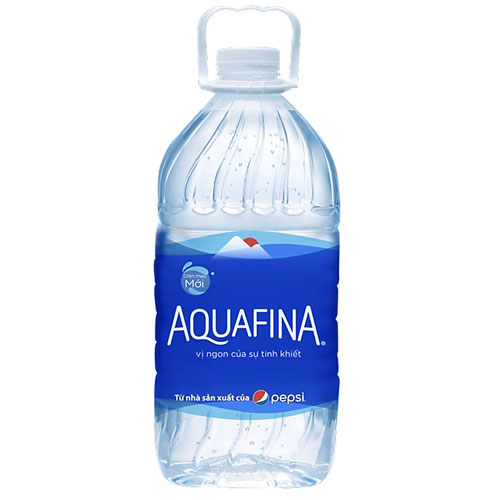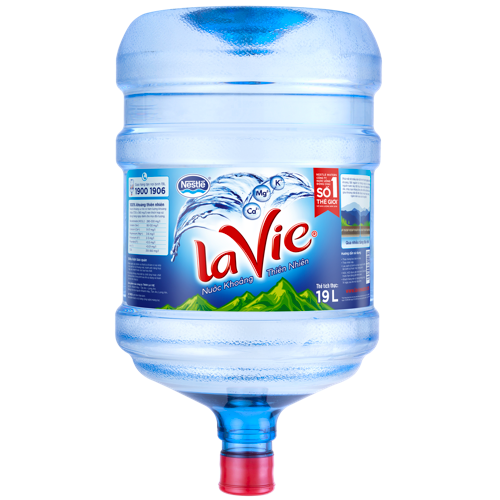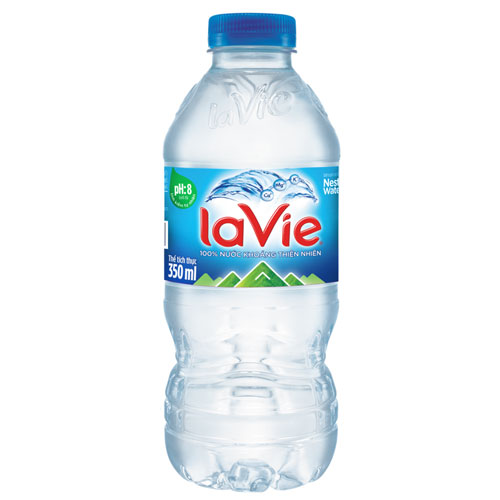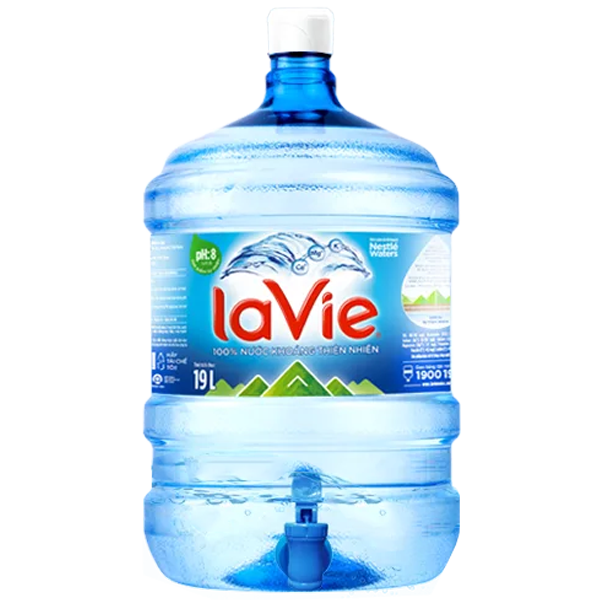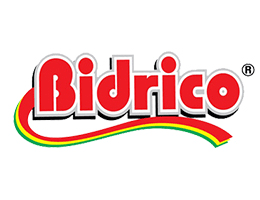- Can You Hook the Biggest Bass and Reel in Amazing Prizes?
- Understanding Big Bass: The Species and Its Habitat
- Largemouth Bass Characteristics
- Smallmouth Bass Characteristics
- Fish Behavior and Feeding Patterns
- Essential Gear for Big Bass Fishing
- Fishing Rods
- Reels and Lines
- Baits and Lures
- Techniques for Catching Big Bass
- Topwater Fishing Techniques
- Subsurface Fishing Techniques
- Seasonal Considerations
- Participating in Competitions
- Types of Tournaments
- Preparing for Tournaments
- Networking in the Fishing Community
- Conservation and Ethics in Fishing
- Catch and Release Practices
- Environmental Awareness
- Community Involvement
- Final Thoughts on Big Bass Fishing
Can You Hook the Biggest Bass and Reel in Amazing Prizes?
The thrill of fishing has captured the hearts of many since ancient times. Fishing isn’t just about the act itself; it encompasses adventure, strategy, and the allure of catching a big one. One of the most sought-after targets for both amateur and professional anglers is the big bass. Known for its fighting capabilities and elusive nature, the big bass represents a significant challenge and an enticing reward. As fishing enthusiasts go after their prized catch, the rewards can be not only personal but also financial, with various tournaments and sponsorships available for those who excel.
This article delves into everything you need to know about big bass fishing. From understanding the species and its behavior to choosing the right gear and tactics, we will explore all the facets of this captivating pastime. Additionally, we will discuss the various competitions and opportunities for anglers and tips for maximizing your chances of landing that mighty fish. Whether you’re just starting or looking to enhance your skills, you will find valuable insights and information that can take your fishing experience to the next level.
Moreover, as the popularity of fishing continues to grow, so does the technology surrounding it. Innovative equipment and artificial lures are revolutionizing how enthusiasts connect and interact with nature. Understanding these advancements can significantly impact your success in these exhilarating waters.
Join us on this detailed journey as we examine the world of big bass fishing, sharing stories, tips, and strategies, and uncovering what it takes to reel in the biggest bass possible.
Understanding Big Bass: The Species and Its Habitat
Big bass mainly refers to the largemouth and smallmouth bass, both of which are popular among fishermen. These fish are not only robust but also opportunistic predators that thrive in various aquatic environments. They are typically found in freshwater lakes, rivers, and sometimes brackish waters, making them accessible across many regions. Understanding their habitat preferences is crucial for anyone looking to catch them.
Largemouth Bass Characteristics
The largemouth bass is recognized for its distinctive elongated body, large mouth, and greenish hue. They often inhabit vegetation-rich waters, where they can nurse their young and ambush prey. Their adaptability allows them to thrive in both natural environments and man-made habitats.
Smallmouth Bass Characteristics
Contrasting with their larger cousins, smallmouth bass are generally more streamlined and fierce. They often prefer cleaner, cooler waters, making them favorites among anglers in rocky rivers and deeper lakes. Smallmouth bass are also known for their aggressive fights, adding excitement to the fishing experience.
Fish Behavior and Feeding Patterns
Understanding how big bass behave and feed can lead to more successful fishing trips. Both species are primarily active during dawn and dusk, which makes early morning and late evening the best times for fishing. They are opportunistic feeders, consuming various prey, such as minnows, crawfish, and insects, which is vital for selecting the right bait.
| Largemouth Bass | Vegetation-rich waters | Ambush predators |
| Smallmouth Bass | Rocky rivers, deeper lakes | Aggressive hunters |
Essential Gear for Big Bass Fishing
The right gear is essential when fishing for big bass. Understanding the types of equipment available and how they relate to your fishing style will greatly influence your success. Key elements of your gear include rods, reels, lines, and baits. Choosing the appropriate combinations tailored to your fishing environment and target species can yield exceptional results.
Fishing Rods
The fishing rod is the angler’s primary tool. When targeting big bass, medium to heavy-action rods between 6.5 to 7.5 feet long are often preferred for their versatility. Such rods provide the strength and sensitivity needed to detect subtle bites while maintaining a powerful hookset.
Reels and Lines
Choosing the right reel and line type is also critical. Baitcasting reels are commonly used for big bass fishing because they offer better line control and casting distance. An ideal line would be around 15 to 20-pound test strength, ensuring durability while allowing for stealthy presentation.
Baits and Lures
Baits can be live or artificial. Anglers often use topwater lures, crankbaits, or soft plastics as effective tactics to entice bass. The colors and sizes of these lures can vary based on the water clarity and time of day, making it important to experiment until you find the right combination.
- Fishing Rods: Look for medium to heavy-action capabilities.
- Baitcasting Reels: Essential for improved line control.
- Appropriate Fishing Line: Test strength between 15 to 20 pounds.
- Lures: Use various types, including soft plastics and crankbaits.
Techniques for Catching Big Bass
Deploying effective techniques is paramount to success in your fishing endeavors. Different methods can be employed depending on the season, location, and feeding behavior of big bass. By mastering various techniques, you will be better equipped to increase your catch rates.
Topwater Fishing Techniques
Topwater fishing involves utilizing lures that remain on the water’s surface, making them visible to fish. This technique is most effective during low-light conditions when bass are actively hunting. Working the lure in a way that creates disturbances mimics struggling prey, enticing hungry bass to strike.
Subsurface Fishing Techniques
Subsurface fishing techniques, including the use of jigs and spinnerbaits, are also effective. This method allows for presenting baits beneath the surface where larger bass may be lurking. It can be particularly useful in warmer months when fish retreat to deeper waters.
Seasonal Considerations
Understanding seasonal variations in bass behavior is critical. For instance, during the spawn, bass are more aggressive and protective of their nests, providing excellent opportunities for anglers. Conversely, in colder months, bass may become less active and require a more patient approach with slower presentations.
- Topwater Techniques: Best used in low-light conditions.
- Subsurface Techniques: Employ jigs and spinnerbaits for deeper waters.
- Seasonal Techniques: Adapt strategies to align with bass behavior changes.
Participating in Competitions
Participating in fishing tournaments is one of the most exhilarating aspects of angling. Competitions often provide substantial prizes and recognition. Many anglers enjoy the thrill of competition as it brings a new layer of excitement and engagement.
Types of Tournaments
There are various types of fishing tournaments ranging from local club competitions to national championships. Some tournaments focus solely on the number of fish caught, while others emphasize the total weight of the largest fish. Understanding the format of each tournament can help you prepare accordingly.
Preparing for Tournaments
Preparation is key to successful tournament participation. Research the location, understand the regulations, and strategize on gear and bait selection. Additionally, scouting the area prior to competition day can result in a clear advantage over fellow competitors.
Networking in the Fishing Community
Engaging with fellow anglers during competitions can also build connections and knowledge sharing, enhancing your skills. Networking in the fishing community not only fosters friendships but may also open doors for sponsorship and collaboration, further enriching your fishing experience.
Conservation and Ethics in Fishing
As stewards of the environment, anglers have a responsibility to practice ethical fishing. By understanding the importance of conservation, we can ensure that future generations also enjoy the thrill of catching big bass. Engaging in sustainable practices is essential for maintaining healthy fish populations.
Catch and Release Practices
Catch and release practices help sustain fish populations while allowing anglers to enjoy fishing. Proper handling techniques when releasing fish ensure their survival after being caught. Familiarizing oneself with these practices is crucial for ethical angling.
Environmental Awareness
Staying aware of the environmental impacts of fishing can also lead to better practices. Being informed about local regulations governing fishing seasons and catch limits ensures compliance and supports conservation efforts. This awareness helps protect aquatic ecosystems and the species within them.
Community Involvement
Many anglers contribute to conservation efforts by participating in cleanup initiatives and advocacy groups. Engaging in community events not only benefits the environment but also reinforces a sense of responsibility among anglers to preserve their fishing grounds.
Final Thoughts on Big Bass Fishing
The journey of catching big bass is one filled with challenges and excitement, with each experience carving lasting memories for enthusiasts. Whether you are drawn to the thrill of competition, the joy of the outdoors, or simply the quest for the perfect catch, understanding the nuances of big bass fishing will enhance your adventures.
As you explore the various facets of this captivating pastime, remember that the key to success lies in preparation, knowledge, and respect for the environment. By honing your skills, investing in proper gear, and embracing ethical practices, you will not only increase your chances of catching big bass but also contribute positively to the fishing community.



